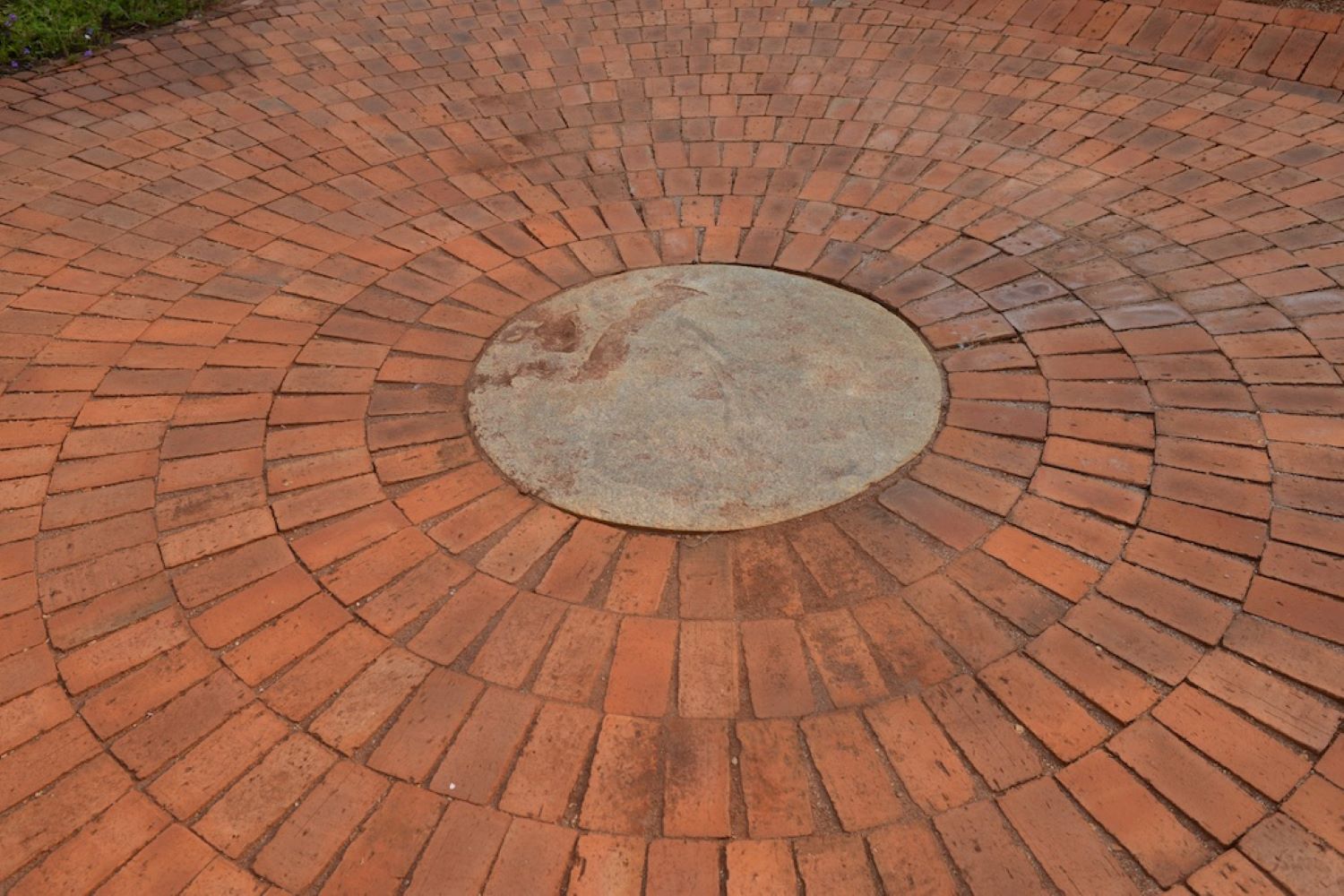Materials
Mindful choices for a healthier home: Enhancing indoor air quality
Materials
Mindful choices for a healthier home: Enhancing indoor air quality


Indoor air quality, despite its crucial role in our health and well-being, is often an afterthought in our daily lives. We meticulously choose the perfect paint colour to adorn our walls, focusing on aesthetics and durability, unaware of the potential harmful chemicals lurking within those alluring hues.
Unknown to many is that conventional paints and finishes commonly found in the market, and advertised extensively contain Volatile Organic Compounds (VOCs), which pose risks to our health, well-being, and the environment.
Understanding VOCs and their hazards
VOCs are a group of chemicals that easily evaporate at room temperature, releasing harmful gases into the air. These compounds can be found in various sources such as paints, varnishes, solvents, cleaning products, furniture, and building materials. VOCs like Benzene, Formaldehyde, Toluene, and Xylene contribute to indoor air pollution, leading to a range of health hazards.
Short-term exposure can cause irritation of the eyes, nose, and throat, as well as headaches, dizziness, and nausea. Prolonged exposure or chronic inhalation of VOCs is associated with more severe respiratory issues, allergic reactions, and an increased risk of certain cancers.
Additionally, VOCs contribute to air pollution and the formation of ground-level ozone, impacting both human health and the ecosystem.
Making mindful choices


When it comes to paints and finishes, GoodEarth prioritises the use of low VOC options offering a safer and more environment-friendly choice for indoor spaces.
Water-based distemper
Water-based distemper serves as an excellent alternative for wall finishing. This lime-based paint provides vibrant colours and finishes, without harmful chemicals and VOCs. Minimal odour emissions make the painting process enjoyable, while the faster drying time allows for quicker use of the newly painted space. Furthermore, the water-based distemper stands the test of time, remaining long-lasting and vibrant.
Cashew oil and linseed oil

External windows and doors can benefit from the use of natural oils such as cashew oil and linseed oil for finishing. These oils enhance the inherent beauty of wood while increasing its durability. By utilising natural oils, the need for VOC-laden varnishes or stains is eliminated, positively impacting both the environment and one’s well-being. The protective barrier created by cashew oil and linseed oil shields the wood from weathering and decay, extending its lifespan and reducing the need for frequent maintenance.
While achieving complete ecological perfection may be challenging, making mindful choices can significantly reduce harm to our health and the environment. It is essential to be aware of available alternatives and not solely rely on commercial advertisements.
Understanding the presence and hazards of VOCs allows us to make informed decisions when choosing paints and finishes for our indoor spaces. By prioritising low VOC options, such as water-based distemper, natural oils like cashew oil and linseed oil, and practical choices like the PU sleek coat, we can create healthier and more sustainable living environments.
Let us choose wisely and contribute to a better future for ourselves and the planet.




Leave A Comment